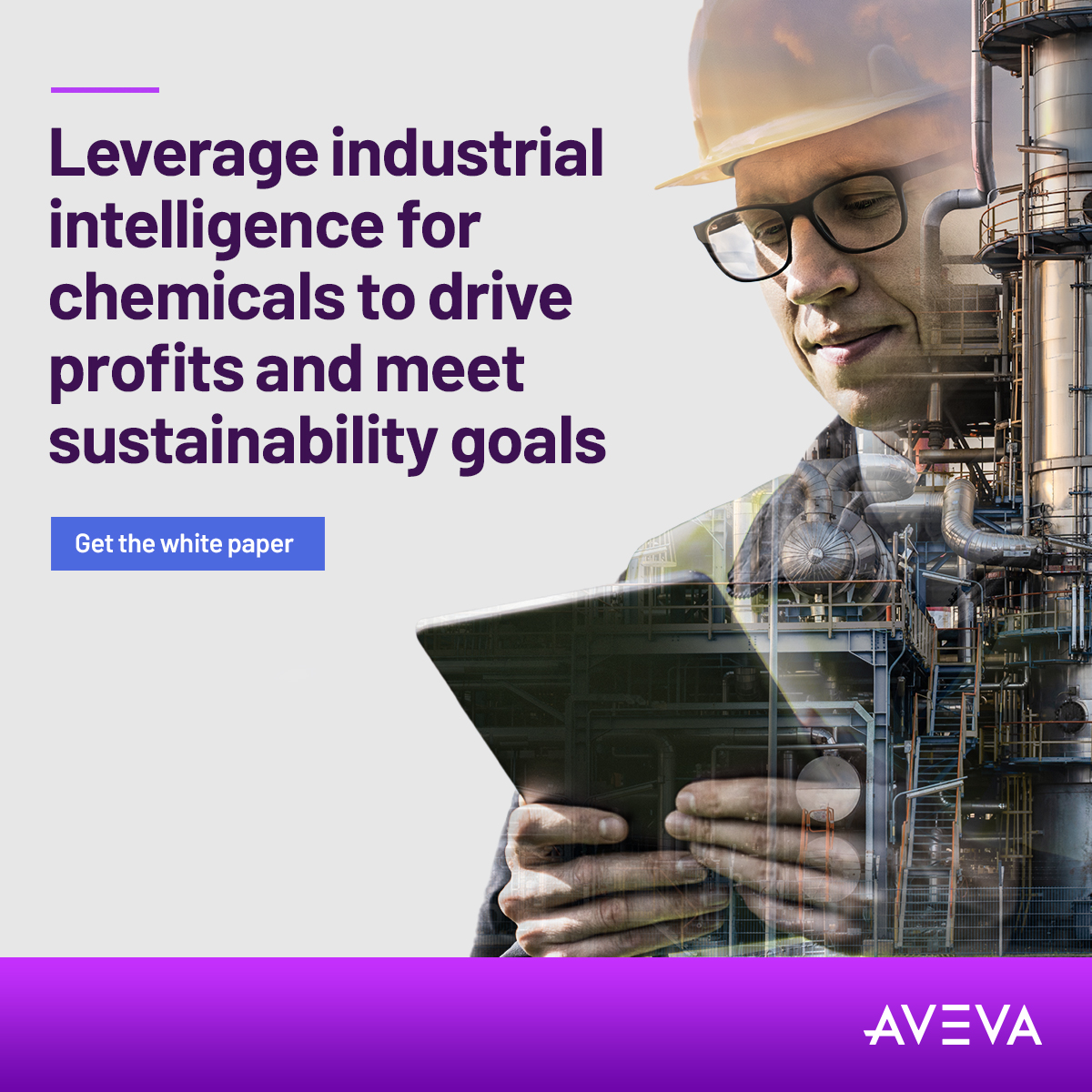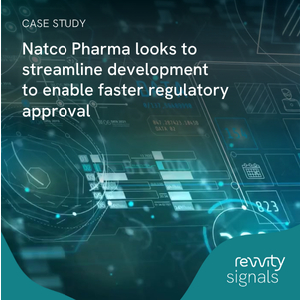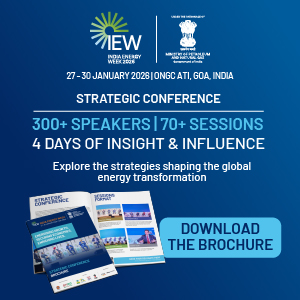Gallery
June 29, 2022
We plan to double pigment production capacity by 2025: Rohan Taware, Director, Sohan Industries
Interview with Rohan Taware, Director and Ramesh Agrawal, COO, Sohan Industries Pvt Ltd
June 29, 2022
Indian market is a promising future market for our carbon black products: Orion Engineered Carbons
Interview with Dr. Guido Waidmann, Director-Liquid Systems Innovation and Markus Mahn, Director-Marketing Coatings, Specialty Carbon Black, Orion Engineered Carbons GmbH
June 28, 2022
Indian paint & coatings industry is growing manifold courtesy new players entry : Cherry V. Nair, Director, Visen Industries
Indian paint & coatings industry is growing manifold courtesy new players entry says Cherry V. Nair, Director, Visen Industries Ltd
June 28, 2022
Indian paint industry is moving away from solvent to water based technologies in specialty coating emulsions : Dhiresh Gosalia, CMD, Jesons Industries
Indian paint industry is moving away from solvent to water based technologies in specialty coating emulsions says Dhiresh Gosalia, Chairman & Managing Director, Jesons Industries Ltd.
June 26, 2022
New players entry will enable a healthy competition and robust growth of Indian paints sector : Vikas Bhatia, Managing Director, RIECO Industries
New players entry will enable a healthy competition and robust growth of Indian paints sector says Vikas Bhatia, Managing Director, RIECO Industries.
June 26, 2022
We provide process engineering related turnkey solutions to chemical industry : Binu S. Panicker, VP-Sales & Marketing, Raj Process Equipments & Systems
We provide process engineering related turnkey solutions to chemical industry says Binu S. Panicker, VP-Sales & Marketing, Raj Process Equipments & Systems
June 25, 2022
MAHESH MAJUMDAR & AKSHAY PUROHIT, Senior Manager, Technical Sales & Marketing, Prompt Consultants
MAHESH MAJUMDAR & AKSHAY PUROHIT, Senior Manager, Technical Sales & Marketing, Prompt Consultants
June 25, 2022
New engineering graduates have a good growth prospect in India : Vasant Dinkar Mestry, MD, Suvidya Institute of Technology
New engineering graduates have a good growth prospect in India says Vasant Dinkar Mestry, MD, Suvidya Institute of Technology.
June 25, 2022
Product certification and regulatory approvals play a key role in boosting export segment : Uday Thakkar, Director Sales, APAC (Food & Water), NSF International
Product certification and regulatory approvals play a key role in boosting export segment says Uday Thakkar, Director Sales, APAC (Food & Water), NSF International.
June 24, 2022
We want to use India as a regulatory hub for Latin America, Europe, and parts of Asia: Shisher Kumra, Founder & Executive Director, Global Product Compliance (GPC)
Global Product Compliance (GPC) expects to face new Indian regulations in 2022 and we need to prepare ourselves for the industry and sensitize them on how they need to prepare to continue to do the business in a smooth way
How do you see the regulatory compliance scenario in the chemical sector?
The story started in 2008 when European regulation called REACH was launched by the European Union (EU) and as a result there have been efforts by other countries who have also joined this regulatory regime on chemicals. These regulations are primarily based on environmental and human health protection scope.
The EU enacted REACH regulation wherein all chemicals placed in the European market need to be registered. After 2018, all manufacturers registered their chemicals which they wanted to place in the European market as there were penalties for non-compliance. The compliance started in Europe and was immediately followed by China, Korea, and several other countries. Now at least 8-10 countries have very extensive new types of chemical regulatory compliance requirements which is influencing many other countries for implementation. Many countries including India are also looking at regulatory compliance for the chemical sector.
Current trends in regulatory compliance and how is GPC planning to minimize it?
Compliance is a sort of an issue and chemical manufacturers are concerned about it since it results in cost. Somehow this is a new reality and they have to face and prepare accordingly otherwise exports could get affected drastically.
The chemical regulation has three main phases. First, inventory phase where one needs to know which chemicals can be placed in a particular country and one needs to have some estimation. Second, classification and labelling criteria has to be harmonized with the global system called UN Globally Harmonized System of Classification and Labeling of Chemicals (UNGHS). These two things have to be in place in order to go to the setting up of a regulatory environment wherein companies need to register their chemicals so that the government can adequately control them. Considering these, a lot of countries have entered into the inventory phase. For e.g. Vietnam, Thailand, Philippines, and a lot of Latin American countries.
What has happened is that most of the large chemical economies have joined the global harmonized system of classification and in terms of regulations, many of them similar to REACH are being implemented across Europe, United Kingdom, Turkey, South Korea, China, and some countries of Latin America. Taiwan and Japan have their own set up in terms of requirements. There is a global development happening in the area and more and more countries are coming up with their respective regulations.
GPC specializes in chemical regulations in different areas, sectors, and geographies. What's your plan for 2022 and how are you planning to execute it?
We are currently operating through 8-9 offices around the world which covers Australia, Europe, Korea, Turkey, United Kingdom, Taiwan, and China. We are also working closely with partners in Vietnam, Japan, North America, Canada, and Latin America.
We expect to face new Indian regulations in 2022 and this is one core area where we need to prepare ourselves for the industry and sensitize them on how they need to prepare so that they can continue to do business in a smooth way. We will also do a lot of events and activities to promote this idea and make the industry understand what is required by them and how to prepare for these regulations. We are also looking into the Latin American market and maybe we will have certain developments which will help us to focus on Latin America.
The company has a good presence in Asia, Europe, and Australia but negligible presence in North America, South America, and Africa. How are you planning to increase your presence in South America and Africa?
We are working with various franchisee models now in various regions. We set up our own system and standard operating procedure for compliance besides all the requirements that need to be fulfilled by the service provider to take franchise from us. We will definitely look for franchisees in North America, Canada and certain parts of Africa with mutual interest and a win-win approach.
There are various companies that work local[1]ly but want to support their clients globally, these companies can contact us. They may not operate directly but could align with us whenever they want to acquire global over[1]view. That is a win-win format. We represent around 1,500 companies globally. Typically, the model is : we collaborate, cooperate, and network with various institutions and regional players. We look forward to doing more collaborative initiatives in future.
In India, GPC acquired NFS Pvt. Ltd and is now planning diversification for gaining more market share. What are your plans for 2022?
We have taken a huge space within a SEZ in Nagpur and plan to move in a couple of months. The new facility will have capacity for around 200 people. Currently, we are close to 100 people and we plan to double our capacity in the next few years. This facility is primarily focused on servicing the Indian market.
70% of the GPC clientele is from India and we will be working closely with a lot of CROs and laboratories. We currently work with more than 10 lakh accredited labs. There are two primary goals of our collaboration.
First, we help them to seek business opportunities from other parts of the world which they themselves are not able to. Second, we want to use India as a regulatory hub for Latin America, Europe, and parts of Asia.
Where does REACH regulation stand with respect to Europe and Asia and what are its implications for chemical manufacturers based in India?
More and more exporters are meeting the regulatory requirement outside India to be able to continue doing exports. It has definitely affected Indian industry, especially small scale industries that couldn't manage registrations because of cost reasons. This also led to industries suffering because of the compliance burden they had to face in Europe. But again Europe is a much larger destination for exporters and we don't see a similar level of effect in Korea as the exports from India are comparatively lower. In Turkey, Indian companies are more affected as they are trying to do registrations. We are sup[1]porting more than 300 companies in Turkey for compliances. Same for the UK, because after Brexit, the country has become an independent entity. Since the country has its own equivalent of REACH, we are supporting close to 200 companies for compliance. Obviously, this is costly for companies as there are a lot of fees which need to be paid and also there is the cost of equipment for data submission. It is an expensive affair for companies but unfortunately this is the new reality for manufacturers.
Points which need to be addressed in the draft Indian Chemical Management and Safety Regulations (ICMSR) for chemical manufacturers so that it is beneficial in the longer run?
India had around five drafts of the regulation and there has been some opportunity for the industry to provide inputs to the draft regulation. That means a few inputs have been integrated in the bill and few of the main ones are yet to be addressed in the proposal. For example, the one that proposes that within the first 18 months, the registration has to be done for the 750 chemicals listed in Schedule II. This is really not practical and there is very short time to prepare for registration within 18 months. Once the regulation comes, obviously the guidance document of the regulation has to be prepared by the government so that we know what to do and how to operate as per regulatory compliances. This will take another 6-8 months. Government also needs to set up their IT systems and this will also require some time. Therefore, it is only after that the registrations will start actually happening. That will be 8-10 months before somebody will make a proposal and I think it is too tight. We have requested for an extension of at least 30 months and if not then at least 24 months after the start of regulation.
There are a couple of other issues identified in the regulation including the fee structure and penalty for non-compliance. Many times it is very difficult to estimate how many days it has been since non-compliance happened. This could affect several industries in an adverse way. Some non-compliances are mostly documentary and don't affect anybody's health and environment. Few of the other non-compliances could be extreme and result in an accident. So the fee structure or fine structure should be based on proportionality. Other than that it is a hybrid regulation which is very good for the industry because not all chemicals would be registered and registration is expensive. So, we assume around 80% of the chemicals would not require registration and only 20% of the hazardous chemicals would require to be registered. The Indian industry would benefit and at the same time, the government would achieve the regulatory objectives that they have set for themselves.
What is the price kept for the registration?
The registration fee for large industries could be up to Rs. 6 lakh depending on tonnage. For lower tonnage, it could be a lakh and for middle tonnage, it could be Rs. 2 lakh. For MSME, it could be Rs. 2.5 lakh.
What has been your experience with other geographies such as the European Union, UK, and US? How much time have they given to chemical companies for registration?
Europe has given a very long period of time, say 10 years for registering all the chemicals and they had various tonnage bands. The first band was up to 1,000 tonnes and required to be registered in approximately 2 years. In the next 4 years, 100-1,000 tonnes and the rest was below 100 tonnes by 2018. Hence, they had almost 10 years for all chemicals. Since they were first in line, a lot of data was generated as a result. So whenever you are registering in these countries, you don't require so much time but you need time to do a lot of administrative work. One needs to come to an agreement with other joint submission members. For e.g. Turkey has a very similar situation like India as they completed their pre-registration in December, 2020 after having given a 3 years period for registration. That is something we should be looking for.
We have the data and Turkey also has the data from Europe and we can use some of that data. But the documentation, preparation into the local IT system, and assessment based on Indian conditions.
All these things will take some time and we need to cooperate with other joint sub[1]mission members who would be part of registration.
Will there be a statutory body which will take care of new regulations?
The Indian National Chemical Authority has been proposed for managing the regulation. When we talk about the timelines, set[1]ting up the authority itself will take time. And then will start the guidance document and IT related activities. So, 18 months is really a very optimistic deadline for registration of chemicals.
What is the likely date for implementation of the regulatory body?
We are told that the draft is under legal scrutiny and some other departments are reviewing and commenting on it. GPC has two labs. One is in Sweden and another in India. Any expansion plan for India lab facilities?
We have one lab in Sweden where we mostly do the in-vitro studies but without any animal use. We rather work on tissue based studies very exclusively in Europe. The lab in India is focused on chemical fingerprinting, an important aspect during registration. It involves identification of purity & structure and impurity profiling. Since it was very difficult for us to get the guidance from the dossier by the European Chemical Agency (ECA) and ask any other lab to do it, we had to develop our own SOPs. While it was not our primary objective to set up a lab in India at that time, we had to do it as we were not able to get the services from the labs. In other studies, that we are doing now, be it animal studies, toxicological studies, we have received very good collaboration with other labs.
If ICMS regulations get adapted, do you see any advancements in the lab?
I think not only our lab but Indian infrastructure has to be such that every lab would require upgrading. There has to be a lot of CROs that may have to expand their facilities or new CROs will have to come up. There will be a huge demand for compliance related studies in India and CROs would need to gear up for addressing those requirements and need to be updated. For e.g. cosmetics industry completely bars animal testing whereas others continue to do it so collaboration is a way out in this regard.
What services is GPC offering on Restriction of Hazardous Sub[1]stances and Services (ROHS) and sustainability?
We follow the concept of circular economy that has come up in a lot of discussions now and the Indian government has several draft policy papers. We do work with circular economy labs which are a part of sustainability, the industry is expected to implement. We do work with the chemical industry on sustainability and are developing a sustainability standard for compliance management. We aim to help our clients reach their sustainability goals. On the ROHS part, it is an established field and there are many competent organizations that are working towards it. We do a lot of research work on ROHS regularly and
have developed regulatory guidelines based on it. But that certainly is not the core of our business. The core of our business is chemicals, industrial chemicals, cosmetics, specialty chemicals and to some extent APIs and intermediates for pharmaceuticals and we are extensively into the medical device. These are the areas where we specifically work and maintain our core competency
Which services are offered by GPC for the petrochemical sector?
Petrochemical sector is also supported by us within REACH type of regulation. We help them to do the chemical analysis and assessment of their chemicals. We also check whether chemicals have any other new regulatory demands in other countries. We do regulatory applicability assessment of chemicals for a lot of clients. We also help them with pre-notification and pre-registration into relevant countries.
A few times we need to provide new services as per the demands of clients such as due diligence of their suppliers and buyers. We ensure that things are smoother for our clients in the public and private sectors.
The Indian food processing industry is having a robust double-digit growth. We plan to grow in line with a continued solution-based approach, leveraging Brenntag’s global knowledge and local application expertise with application development centres.
At Brenntag, we apply a customer segment approach - offering the right technological and commercial expertise and specific value proposition. Furthermore, Brenntag India continues to invest in human capital and build a great workplace culture. In fact, we have been again certified as a Great Place to Work.


















